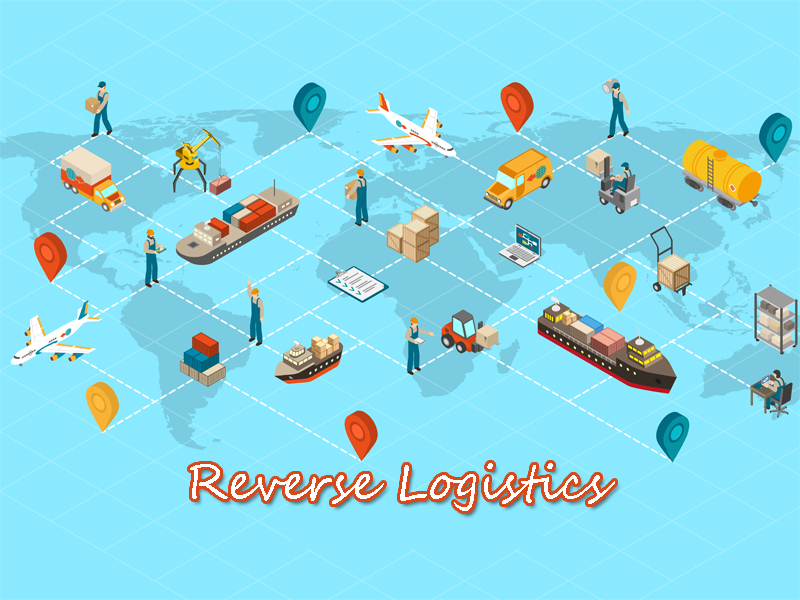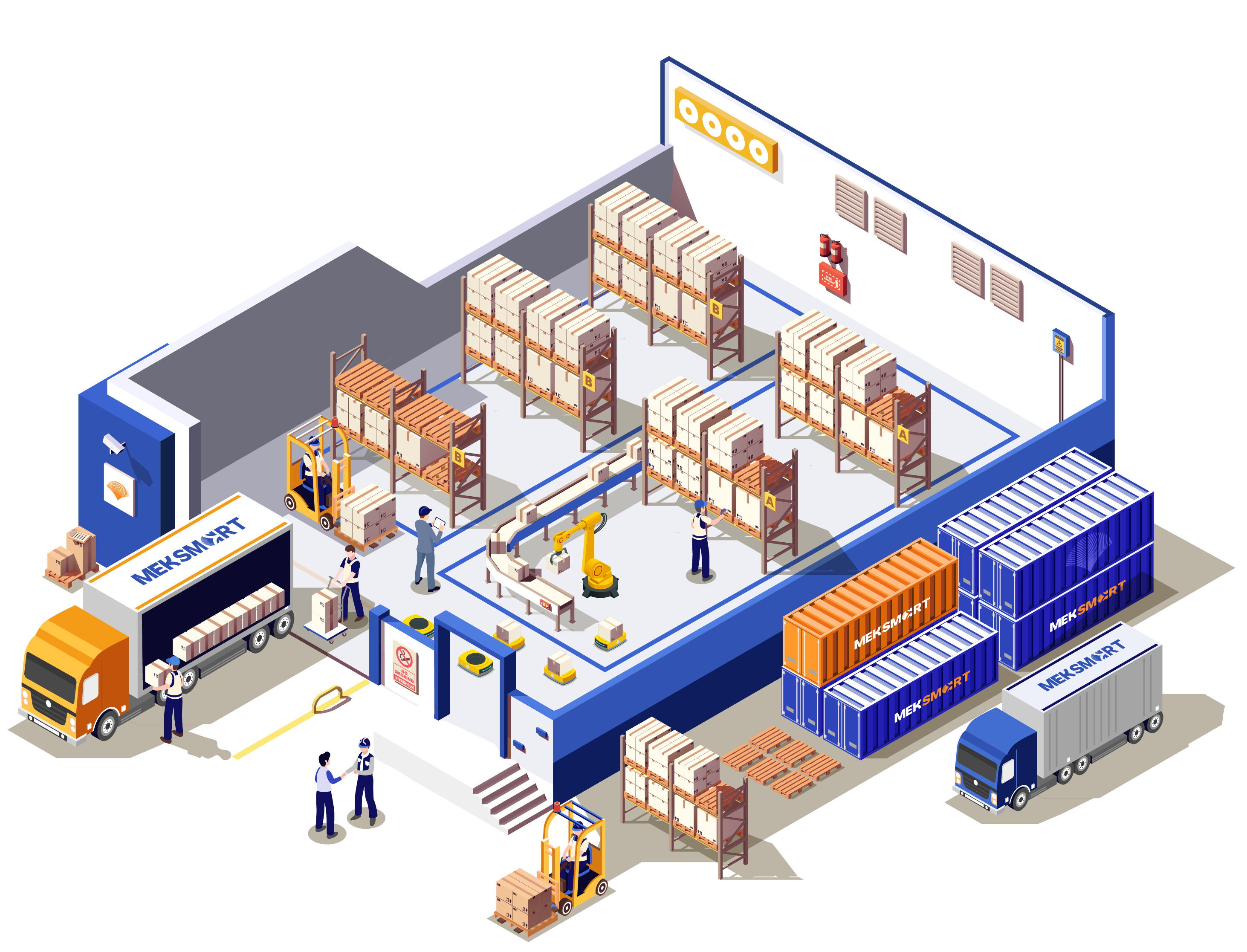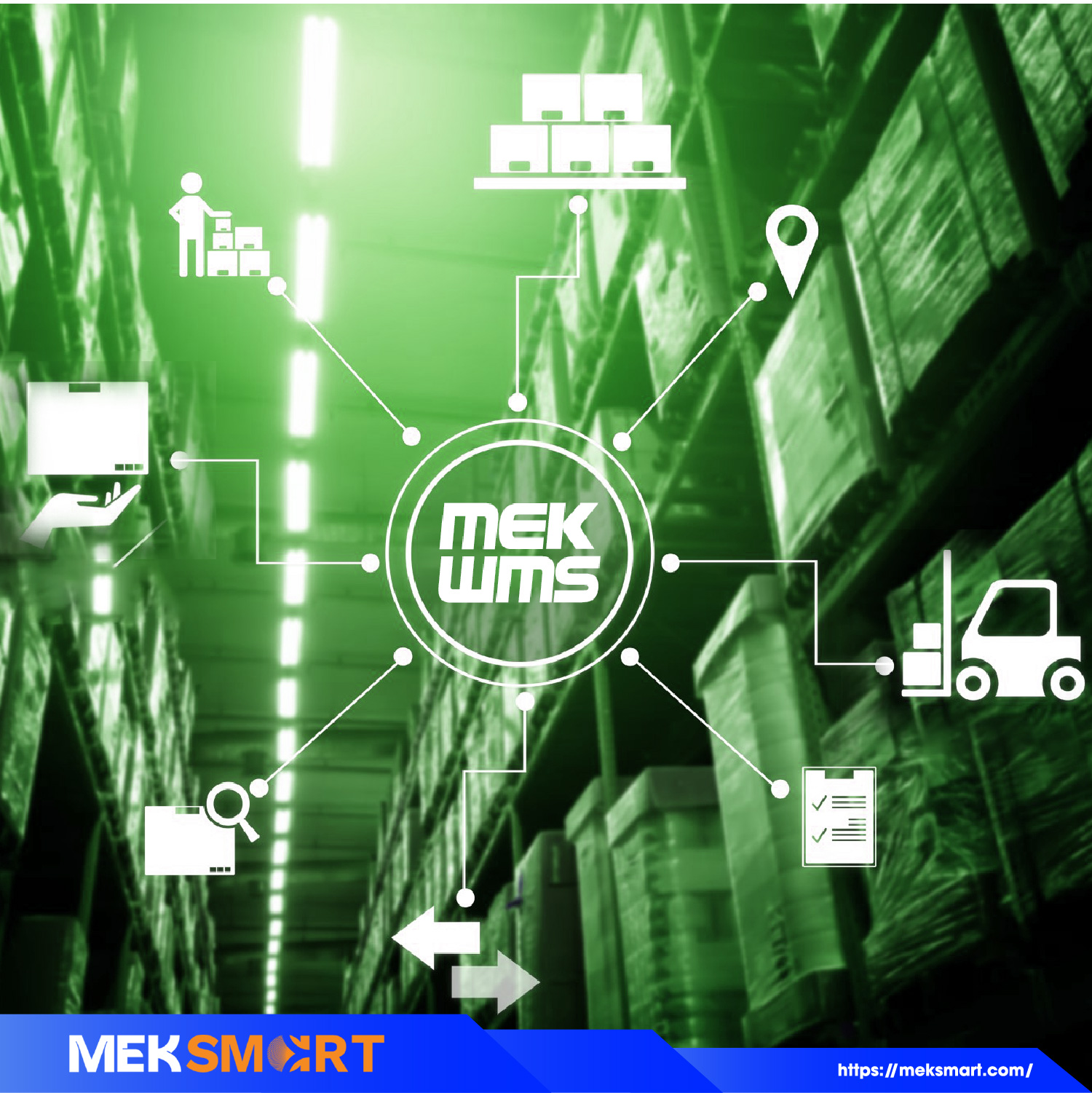MEKSMART
GENERAL NEWS
Author:
Update: 15/12/2022
TIPS FOR IMPROVING CONTROL LOGISTICS PROCESS
Logistics businesses need to perfect policies, close goods based on profit, fix space for returned goods, invest in solutions and software.
According to recent research on Inbound Logistics, up to 40% of online purchases in the past year were returned. Whether you are just entering e-commerce for the first time or are looking for a foothold in the industry's rapid growth during the pandemic, mastering and mastering reverse logistics is an essential skill for businesses.
Reverse logistics as a mirror of the normal logistics process. Instead of having the items packed and shipped, the products are returned to the warehouse at the customer's request and need to be tested for their resaleability. Here are basic tips to improve reverse logistics.

1. Finalize the policy
Every good process starts with simple policy, consistent workforce guidance. The simpler the process, the easier the system is to operate. Currently, logistics companies have some simple, common policies such as customers can return items with receipts in exchange for new items. This builds customer loyalty and trust in the brand.
At a basic level, the reverse logistics policy should start from where the returned item is shipped to the warehouse. Besides, businesses need to think about the specific time to get the most effective profit.
When at the dock, the logistics company should designate a specific area at the warehouse to store the items to be handled. At the same time, it is advisable to assign tasks to a group of employees who only complete each task, not trying to do many things in the warehouse at the same time. A simple easy-to-understand process makes it easy for warehouse staff to adhere to consistency and errors will be minimized.
2. Profit when closing goods
With reusable packaging, many logistics businesses have a guaranteed packaging system that makes it easy for customers and warehouse staff to return, while promoting sustainability.
When shipping products, warehouse staff should pay attention to packaging to keep items safe from damage during transit, including customer returns
3. Fixed space for returned goods
There should be at least one separate space in the warehouse to handle returned items. Please note that the returned packages may not be the same size, shape, or weight and are difficult to stack effectively. If possible, businesses should have a separate return queue to hire hourly employees.
4. Invest in solutions and software
The company should provide employees with the tools to do the job correctly and efficiently. A good warehouse management system will track productivity and inventory information, making it easy for employees to customize to fit operational needs.
Electric trolleys are an affordable way to maximize the performance of tools such as printers, scanners, and laptops... already in stock. From there, warehouse workers can achieve an average of 5-10 hours of productivity per week by cutting wasteful steps.
Electric trolleys are an affordable way to maximize the performance of tools such as printers, scanners, and laptops... already in stock. From there, warehouse workers can achieve an average of 5-10 hours per week of productivity by cutting down on wasteful steps.
It takes time to figure out what works best for warehouse operations but keep working to fix the points of failure. If all of the above factors are ensured, businesses will have a guaranteed reverse logistics process, contributing to the success of the overall logistics process.
Source: vnexpress.net













